Top Lists
Greatest Warrior Women Who Made Their Mark On History
In ancient times, while men were expected to go out on the battlefields, women were restricted to more traditional roles. However, some women broke these stereotypes and impacted history.

In ancient times, while men were expected to go out on the battlefields, women were restricted to more traditional roles. However, some women broke these stereotypes and impacted history.
Throughout history, most cultures have considered warfare to be the domain of men. It is only quite recently that female soldiers have participated in modern combat on a large scale.
The exception is the Soviet Union, which included female battalions and pilots during the First World War and saw hundreds of thousands of women soldiers fight in World War II
Here are history’s greatest female warriors who not only had to face their enemies and made marks on history but also the strict gender roles of their day.
1. Queen Fu Hao of the Shang Dynasty, China
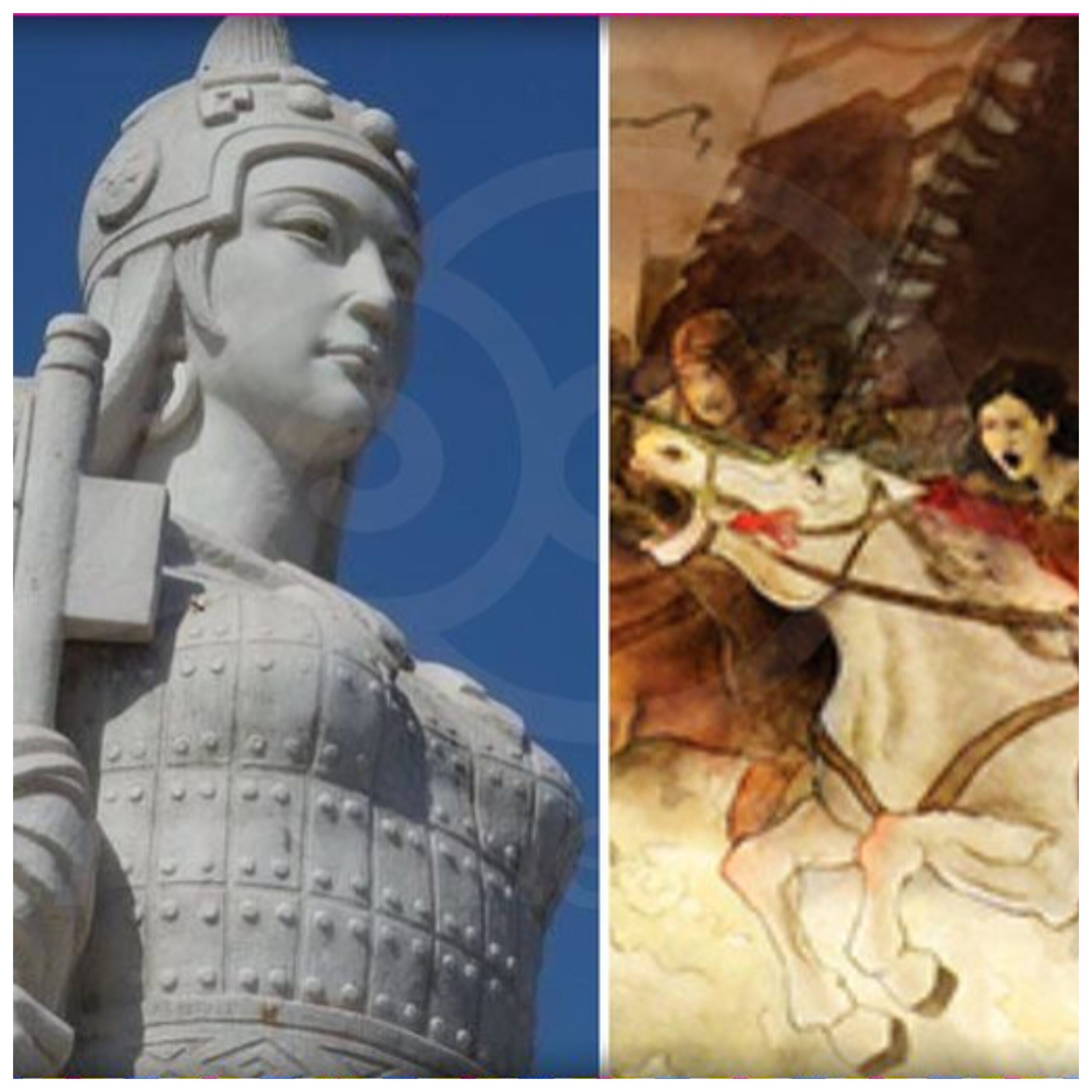
During the 13th century, Fu Hao was among the 60 wives of King Wu Ding of the Shang dynasty. She managed to rise through the ranks eventually having a military position as general. This queen of the Shang dynasty became the first female Chinese general commanding 13,000 soldiers.
This was not only a title for her as she showed her skills in various wars fought against neighbouring kingdoms. For example in the war against the Tu-Fang who were a constant thorn to the Shang dynasty, she managed to defeat them in a single battle. She was so successful in her military campaigns that the king gave her a fiefdom of land from the territories she conquered.
She not only was military general but also a spiritual leader that is the high priestess. Her role in the Shang dynasty was so great that when she finally died at age 33, the military dominance of the kingdom weakened. Queen Fu Hao’s story always seemed like a myth with doubts about the existence of such a warrior woman. But there were discoveries in 1976 of the tomb of this queen and general. The well-preserved tomb had bronze, jade and weapons that had her personal inscription.
2. Queen Nzinga Mbande of the Ndongo and Matamba Kingdoms
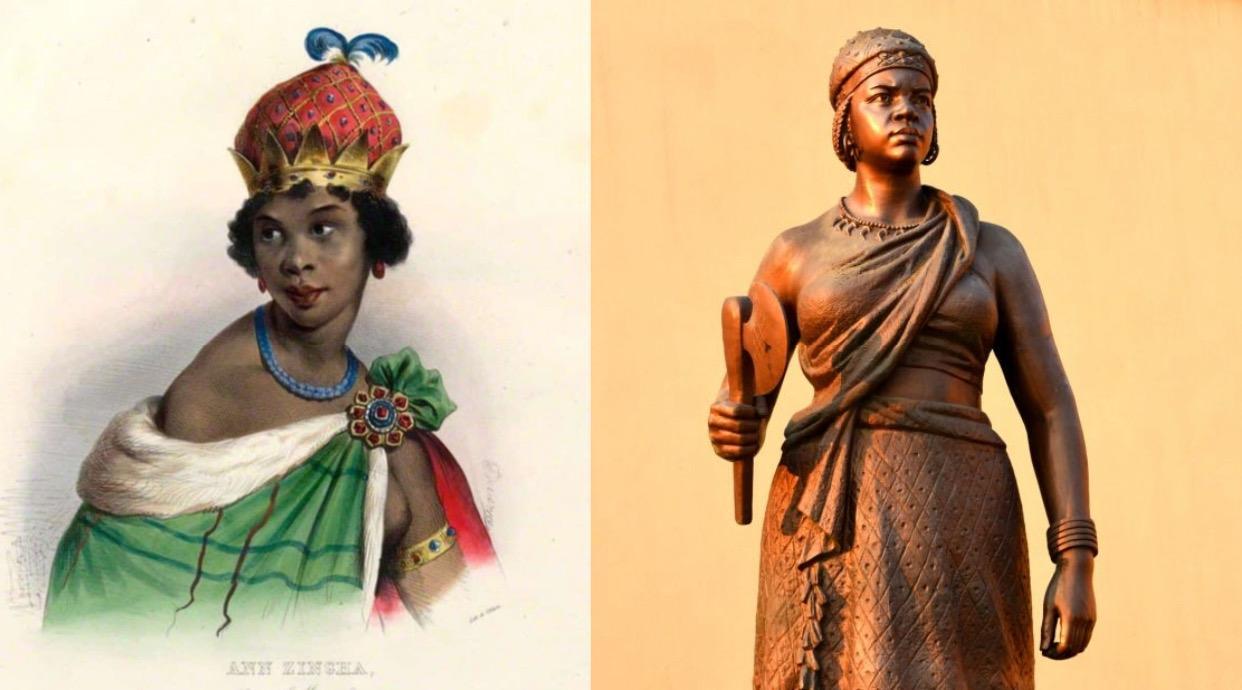
An African queen during the 17th century and was the ruler of kingdoms in the southwestern of Africa which is modern-day Angola. She was of royal blood and was the daughter of King Kiluanji of the Ndongo and she was not even in line for the throne of the kingdom. Her brother, Ngola Mbandi, was to be the next when King Kiluanji dies.
When his brother came to power, it was a time when the Trans-Atlantic slave trade was at its peak. The European powers were in the scramble for Africa and the Portuguese and Dutch were both interested in modern-day Angola. The Portuguese had managed to control the neighbouring Kingdom of Kongo and Ndongo Kingdom was their next target.
The Portuguese invited King Ngola Mbandi to peace talks and negotiations due to the war waged by Portugal against the kingdom in 1617. The king sent his sister Nzinga Mbande to represent him. At the meeting, only the Portuguese were provided with chairs while Nzinga Mbande was expected to sit on the floor mat provided. Mbande didn’t sit on the mat but instructed one of her servants to act as her chair by going down on all fours.
In the meeting, the Portuguese agreed to release the Ndongo people taken up as prisoners but Mbande had to convert to Christianity. She was baptized and her Christian name was Anna de Sousa and a peace treaty was formed in 1621.
But unfortunately, the Portuguese didn’t keep their word forcing King Ngola Mbandi to commit suicide. This put Nzinga Mbande as queen in 1626 at a time when war had been declared on the Ndongo Kingdom by both the Portuguese and the neighbouring tribes. This forced Mbande to flee to Ndongo with her people to Matamba Kingdom where she captured the queen of this kingdom. She installed herself as the new queen of Matamba which was a launching pad for attacks against the Portuguese.
She gave refuge to runaway slaves as she raised an army against the Portuguese but her alliance with the Dutch strengthened her army. Also, she adopted guerrilla warfare and personally led her army to war. In 1644 she defeated the Portuguese armies but was unable to recover all lands of the Ndongo kingdom.
She fought the Portuguese into her 60s when the long war came to an end in 1657. As one of Africa’s famous female warriors, she concerned herself with building her kingdoms that had been ravaged by war. She didn’t manage to drive out Portugal from her kingdoms but is a symbol of the Angolan independence fight. A statue of this queen in Kinaxixi Square Angola is a way to appreciate her fight for Angola. She died in 1663 at 81 years of age.
3. Queen Amanirenas of the Kingdom of Kush
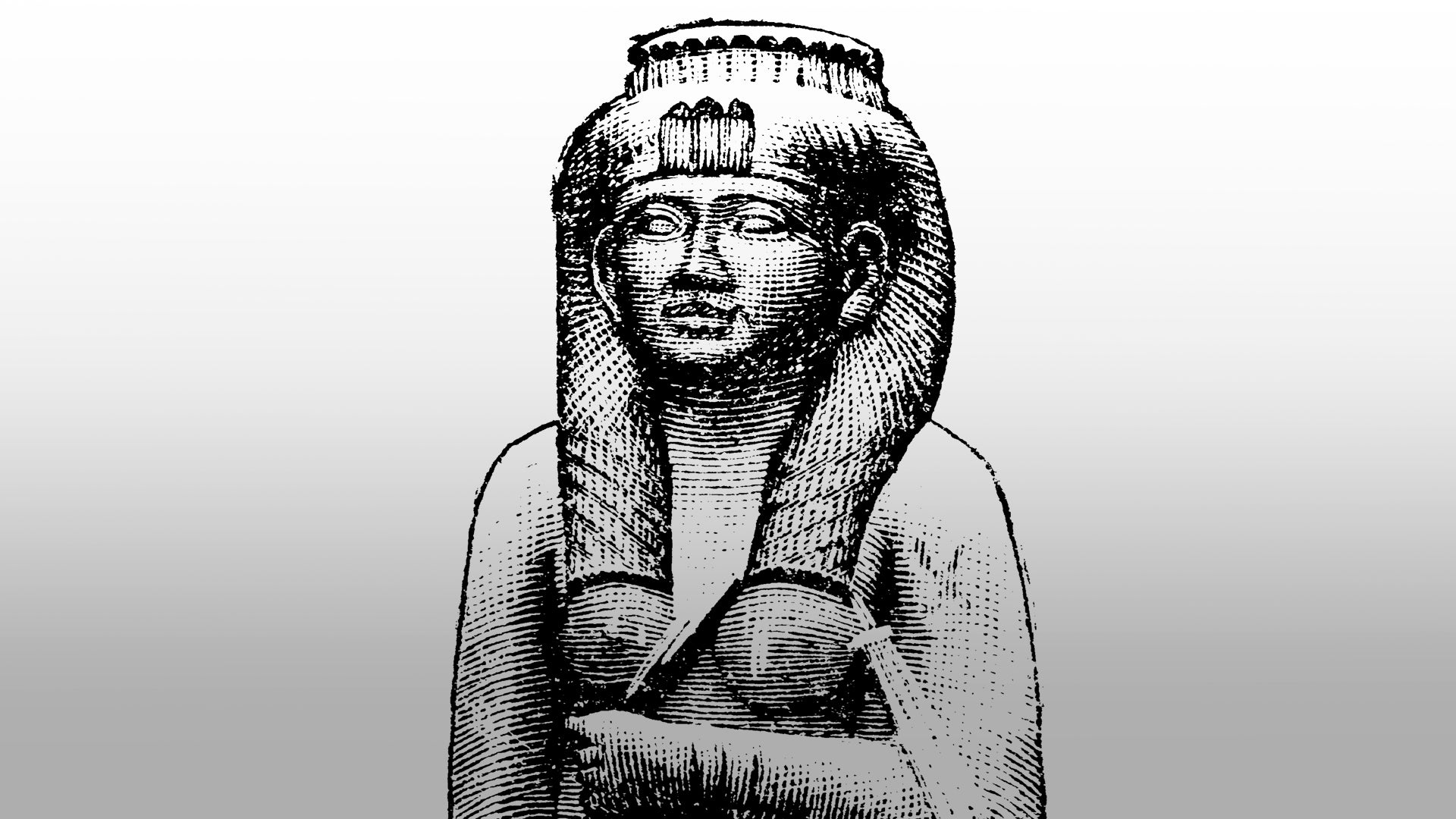
A one-eyed queen that was a warrior woman that was a thorn in the Romans. Her kingdom was in modern-day Sudan and was at war with the Romans that were in control of Egypt. Her kingdom was not as mighty or big as the Roman Empire, it was a small kingdom that was neighbouring Ancient Egypt.
Ancient Egypt was in control of Emperor Augustus after he had managed to defeat Mark Anthony and Cleopatra. The Kushites attacked with the queen leading the way and they managed to take control of Syene and Philae capturing Roman captives. Her destruction of Augustus’s statues and return to her kingdom with Augustus’s head was a great humiliation to Rome. By the way, Emperor Augustus’s head is now in the British Museum.
But these wars led to the death of Queen Amanirena’s husband but Amanirena and her son continued fighting the Romans. Rome’s response to this defeat was fierce where they managed to recapture the cities they had lost and attacked the Kingdom of Kush. They captured many people who were sold into slavery.
The Kushite queen unleashed attacks against the Romans with this war lasting for five (5) years. Peace negotiations were started and peace was agreed on with the kingdom being left alone by the Romans. This led to peace between the two parties and Queen Amanirena cemented her legacy as one of the many female warriors that was a headache to the mighty Romans.
4. Queen Yaa Asantewaa of the Ashanti empire
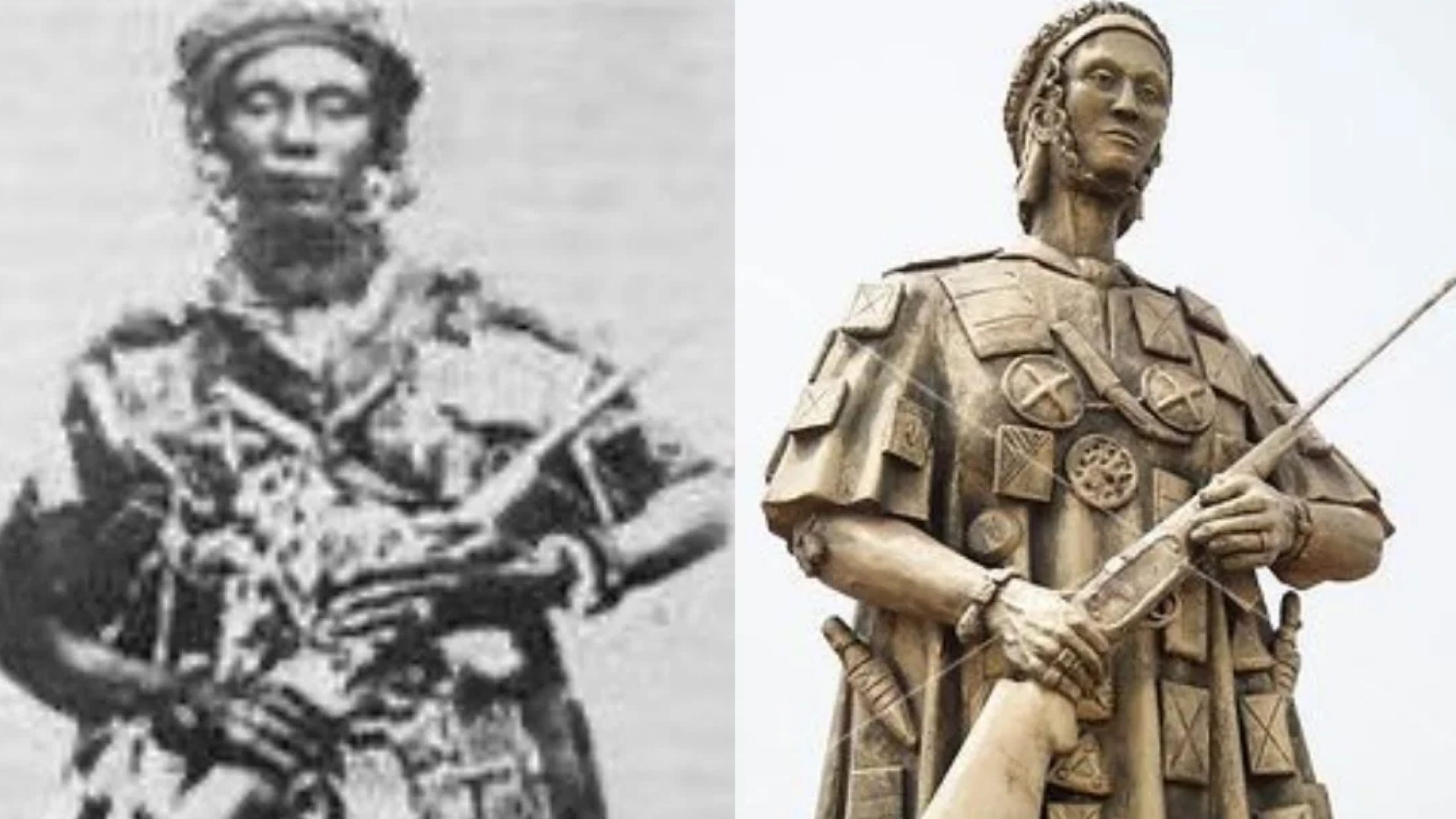
The Ashanti Empire was in what is modern-day Ghana which the British set their sight on. Her accession to be Queen Yaa Asantewaa came about when her brother died in 1894. As queen, she had a stool that is the symbol of the king or queen. This is what is referred to as The Golden Stool.
The Golden Stool was a symbol of unity of the Ashanti Empire; it was used during the inauguration of a new ruler. But the ruler doesn’t actually sit on it, the ruler sits beside it and it never touches the ground. So when the British official in the empire, Sir Frederick Mitchell Hodgson, demanded for it to sit on it was an insult to the Ashanti Empire and its rulers.
Queen Yaa Asantewaa was angered by the comments of the British official and the Ashanti men considering surrendering The Golden Stool to the British. She said the following to show her disappointment with the Ashanti men;
“If you, the men of Asante, will not go forward, then we will. I shall call upon my fellow women. We will fight the white men. We will fight till the last of us falls on the battlefield”.
The War of the Golden Stool started against the British. She was chosen as the one to lead the army becoming the first and only Asante woman as military leader. They laid siege to Fort Kumasi where the British were situated but were defeated and Queen Yaa Asantewaa captured. She was exiled like most African rulers and independence heroes to the Seychelles where she died in 1921.
Queen Yaa Asantewaa is a symbol of Ghana’s independence history against the British. She is revered in Ghana with schools and institutions having her name. But the British never got possession of The Golden Stool.
5. Rani Laxmibai: The Warrior Queen of Jhansi, India
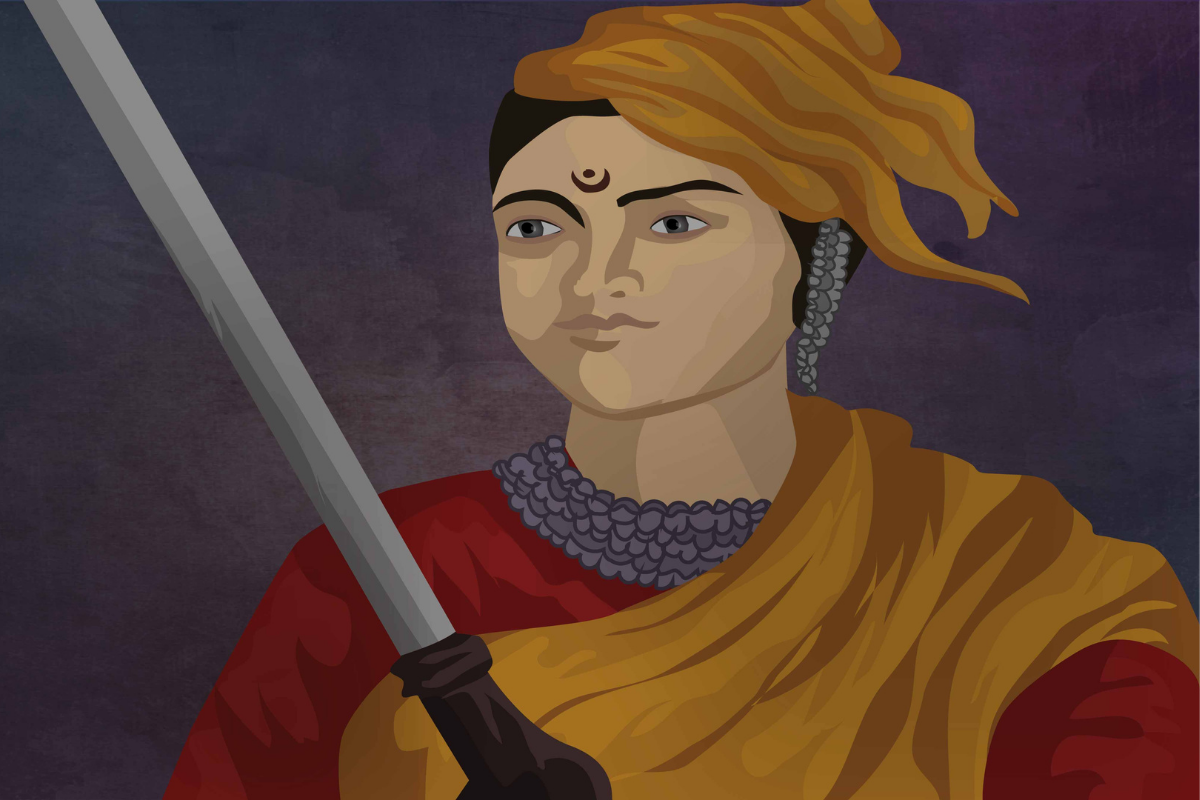
She was born in 1828 to Moropant Tambe as her father and Bhagirathi Sapre as her mother. But unfortunately, her mother passed on when she was only 4 years of age therefore was raised and taught by her father. She was an independent girl from a young age and was educated in archery, horsemanship and swordsmanship which would prove useful later in life.
In 1842 she was married to the Maharaja of Jhansi therefore she became Queen Laxmibai of Jhansi. But she became widowed in 1853 at a time when the British East India Company was in a push to control all the kingdoms of India. Because the Maharaja and Laxmibai didn’t produce any heir of their own but they had adopted a son, Damodar Rao, to be heir of Jhansi. The British were to take control of any kingdom that didn’t have any heir and Laxmibai’s claim that Damodar Rao was the rightful heir was rejected by the British.
In 1857 Indian rebellion against the British started but the queen wasn’t keen on fighting the British. She actually wanted peace and for Jhansi to be in her control. But when the British allies Orchha and Datia invaded Jhansi, she recognized that the British were not for peace but war. She actually was able to defeat their allies on August 1857.
She joined the rebellion in 1858 where the British laid siege to Jhansi which had been heavily fortified with cannons. Laxmibai managed to push back the British that tried to advance by scaling the walls using ladders. The siege started on 23rd March 1858 and the defenses were breached on 2nd April 1858. The British gained entry to Jhansi and engaged in street battles where Queen Laxmibai was forced to flee with her son Damodar Rao strapped on her back by horse.
She fled to the towns of Kalpi and Gwalior which both fell to the British. In Gwalior she commanded the Indian force against the British where she was wounded and not willing to be captured by the British, she told a hermit to burn her body. On 17th June 1858 Queen Laxmibai was dead and her body was cremated by the locals.
She was such a fierce warrior that the British commanding officer in India Sir Hugh Rose stated:
“She was remarkable for her bravery, cleverness and perseverance; her generosity to her subordinates was unbounded. These qualities combined with her rank, rendered her the most dangerous of the rebel leaders”.
Queen Laxmibai is still a symbol of India’s struggles for independence against the British. She is honoured in India with schools, statues and even a women’s unit for India’s army was named after her. She definitely made the list of India’s female warriors throughout history.
6. Queen Artemisia l of Caria
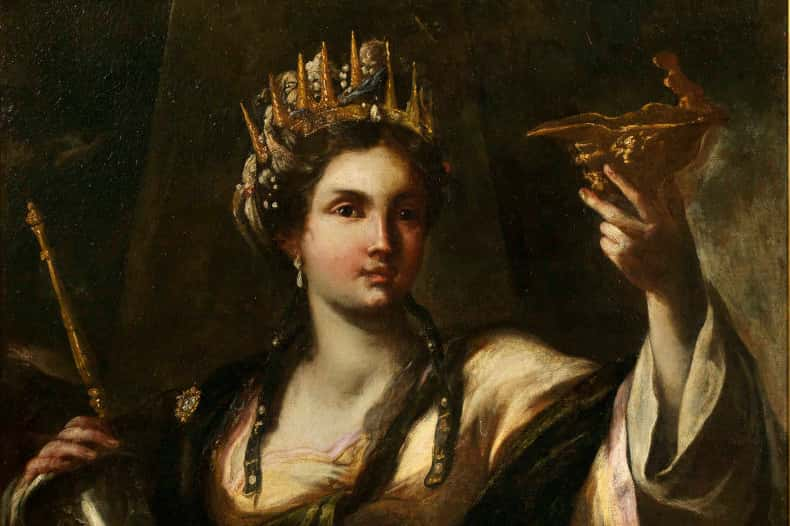
She was the queen of a Greek city called Halicarnassus (in modern-day Turkey) during the 6th century BC that was allied with the Persians. Artemisia came to power when her husband died and her son Pisindelis was too young to rule therefore she took charge.
Artemisia was not only a queen but also a warrior and naval commander. A brave naval commander that was part of the Persian navy’s fight against the Greeks. When King Xerxes of Persia tried to conquer Greece, she requested Artemisia to join him and became naval commander, the first female commander of the Persian navy.
She was a great and tactical warrior King Xerxes took advice from her but the king didn’t heed her advice against fighting the Greek navy. She said that it wasn’t a wise move to fight the Greek navy on their own waters. Although the Battle of Salamis was a defeat to the Persian navy, Queen Artemisia’s bravery was evident with King Xerxes stating that;
“My men have turned into women and my women men”
She was such a threat to the Greeks that a bounty of 10,000-drachma was placed on her dead or alive. A great asset to the Persians Xerxes sought her advice after the defeat at sea on their next move. She advised the king to go back to Persia which he heeded to and awarded her with a Greek suit of armor.
A warrior queen that knew how to fight and win wars plus she wasn’t afraid of speaking her truth. She reigned as queen for 24 years and was a great ally to the Persians and upon her death, her son Pisindelis became ruler.
7. Queen Mavia of Arabia

A 4th-century queen of the Saracens that were a group of Arab tribes that inhabited parts of Syria and Jordan. She was married to Al-Hawari who was king of the Saracens but he later died without any heir. Therefore Mavia took power as queen and ruler. She is one of the lesser-known female warriors.
During this time the Roman Empire under Emperor Valens was engaged in war against the Goths who were a real threat to the empire. As the empire stretched from Europe, North Africa and the Middle East, the conquered lands had to provide soldiers to fight in Roman wars. This is the same request Queen Mavia received from the Romans.
But the queen wasn’t happy with Rome’s request and demand for soldiers for their wars. It was a no on her part to the Romans’ request. This is where a revolt against the Romans began and the queen moved her people from Aleppo to the desert so that the Romans won’t have a specific target to attack.
She personally raised an army and led it to wars against the Romans. Her utilization of guerilla tactics proved successful as the Romans lost on such occasions. Her campaigns and raids in Phoenicia and Palestine cemented her military might and leadership where her army laid waste to most of the towns and cities.
Emperor Valens response to this revolt was by sending more Roman troops to quell the resistance. But this plan didn’t work out as the force sent was defeated with some retreating. The Romans were forced to negotiate a peace treaty with Queen Mavia who ensured the survival of her nation plus caused the mighty Roman Empire to leave her be.
8. Queen Mandukhai Khatun of the Mongol Empire

She was born in 1449 in Eastern Mongolia and at the age of 18 she was married to Manduul Khan, who ruled the Mongol Empire from 1473 to 1479. Although Manduul Khan had other wives, they were childless but Mandukhai Khatun gave birth to two daughters for him. This enabled her to become the favourite wife of the Mongol Empire king.
Unfortunately, Manduul Khan was assassinated by his advisor in 1479 leaving the empire with no ruler. Since the Mongol Empire king did not have a male heir there was a power struggle as to who will be Khan among the princes of Mongolia and nobles.
This led to Queen Mandukhai Khatun adopting Batmunkh, a 7-year-old boy who was a direct descendant of the great Genghis Khan. She declared him as Dayan Khan (Mongol Empire king) as she acted as regent. Queen Mandukhai Khatun acted as ruler in an empire where there were different warring factions. The empire was not united with the different tribes.
She was a hands-on ruler as she took part in the wars involving the empire, first, she went to war with the Oirats in Western Mongolia. Her victory over them showed her might and united the Mongolian empire.
When Dayan Khan finally turned 19 years of age, Queen Mandukhai Khatun became his wife. They both focused on the Ming Dynasty in China that was trying to frustrate the Mongols by closing trade with them and they had killed a Mongol envoy. To try and stop them and their army, the Mings expanded the Great Wall of China but this didn’t stop the Mongols. They conducted raids on the Ming territory capturing lands.
While pregnant with twin sons the Oirats repelled again, with Dayan Khan, they fought off the Oirats and quelled the rebellion. Queen Mandukhai Khatun was literally in the battles although she was pregnant and actually gave birth during the battle.
She was a real warrior queen that is the female version of Genghis Khan. In 1510 Queen Mandukhai Khatun died of natural causes leaving a great legacy as most of her children later became Mongolian khans and nobles.
9. Queen Yennenga of the Mossi Kingdom
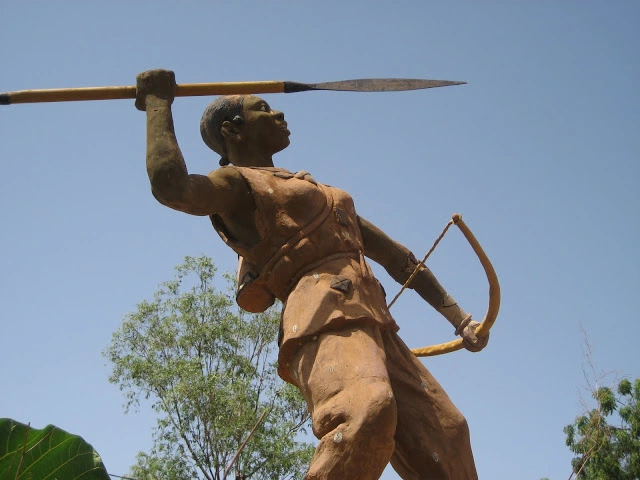
During the 12th century in Northern Ghana, the Dagomba Kingdom existed with King Nedega at the helm of power. The king had a daughter called Yennenga therefore she was a princess. She was beloved by her father the king who taught her and she excelled in the skills of javelin use, spear and bow use plus she became an excellent horsewoman.
Her skills on the battlefield were remarkable as when she was only 14 years of age she accompanied her father to fight the Malinkes. She was not only a spectator of war. But she actively participated. She commanded her own battalion which made her beloved by the people.
Yennenga was such an amazing fighter for the Dagomba kingdom that when she reached marriageable age her father refused to her get married. The king was not ready to lose his best fighter and beloved daughter. Her overprotective father did not choose any suitable husband for her leading Yennenga to become unhappy causing a rift between the king and princess.
She took matters into her own hands and one night escaped dressed as a man riding a horse. She travelled far reaching a house belonging to an elephant hunter who later became her husband. The Queen had a son called Ouedraogo and the Mossi kingdom was born.
Yennenga is considered the mother of the Mossi kingdom in modern-day Burkina Faso. She became a symbol of Burkina Faso culture and pride as there are different statues of Queen Yennenga plus paintings of her on horseback. The Mossi people still exist today in Burkina Faso and are the largest ethnic group in the country. This mother of a nation is also one of the great African female warriors.
10. Queen Arachidamia of Sparta
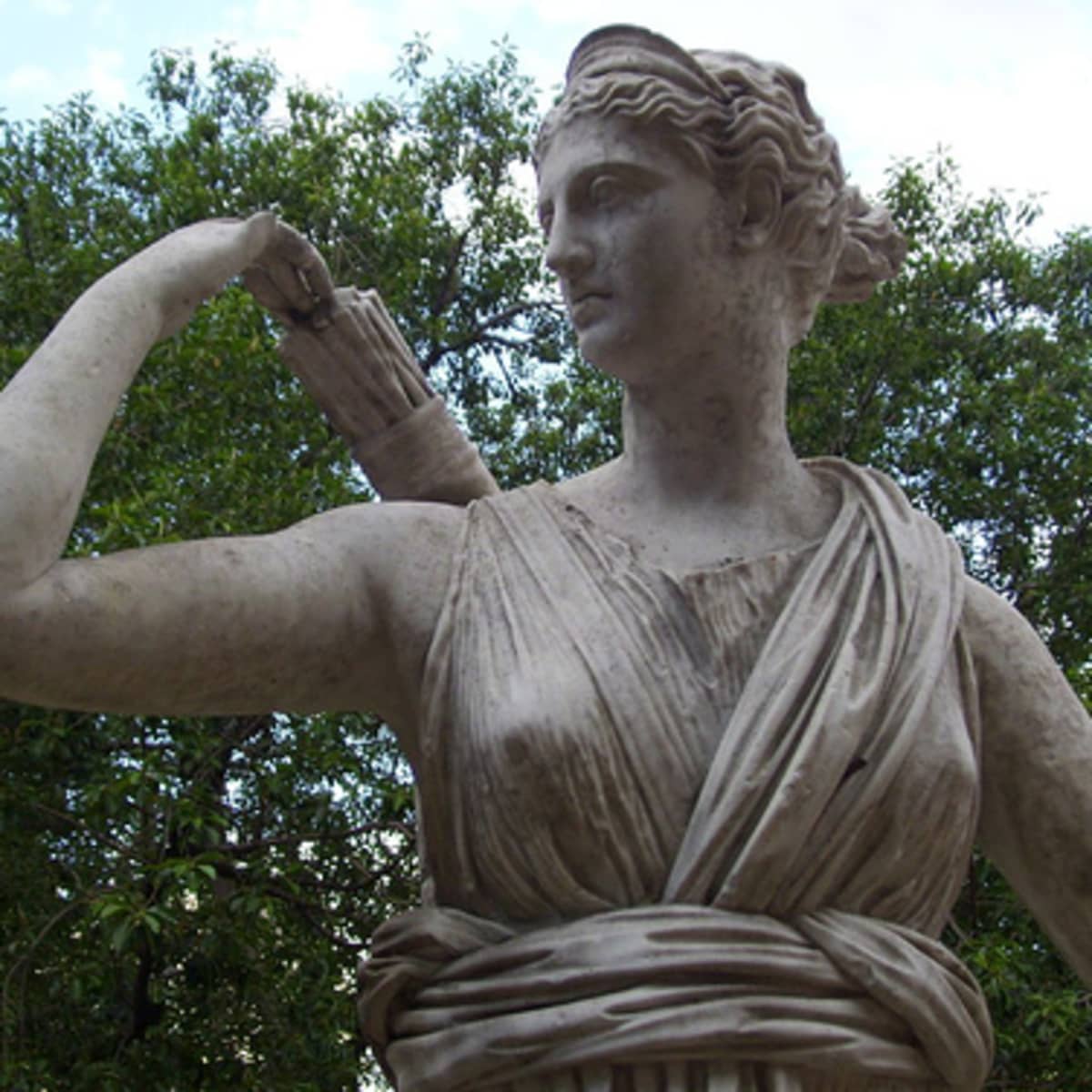
She was a Spartan queen during the 3rd century BCE who was married to King Eudamidas I of Sparta. She was an active queen engaged in the political undertaking and events of Sparta.
As the Spartan queen was concerned about Sparta’s welfare, in the far distance Pyrrhus was conquering lands like Macedonia. Pyrrhus was considered by most historians as second behind only Alexander the Great. This general was a skilled tactician as well as good swordsmanship. With his victories, he set his sight on Sparta to conquer. His motivation to take Sparta was spurred by the fact that most of the army had gone to the Island of Crete.
Pyrrhus arrived on the outskirts of Sparta with his army of 27,000 men and 24 elephants against Sparta which had 2,000 men left behind. The Spartan men considered sending the women to Crete for their safety. This is where Queen Arachidamia came before the men sword in hand as she stated that the Spartan women won’t stand by and see their city fall.
The women started helping out by digging trenches to deter the elephant movement and wagons to act as barriers. They were also to provide food, water, weapons and tend to the wounded. The Spartan men and women together formed a defensive line against the Pyrrhus army.
The siege of Lacedaemon was a tough battle as Pyrrhus’ war tactics didn’t lead to success. A battle that was supposed to be easy and fast became gruelling to Pyrrhus and his army. Eventually, Pyrrhus was forced to seek peace with Sparta but it was too late as reinforcement arrived forcing him to retreat.
The queen and the women were true warriors and Sparta’s resilience was evident here. Sparta was considered a great ally but a deadly foe. The Spartan women truly made their mark on history.
